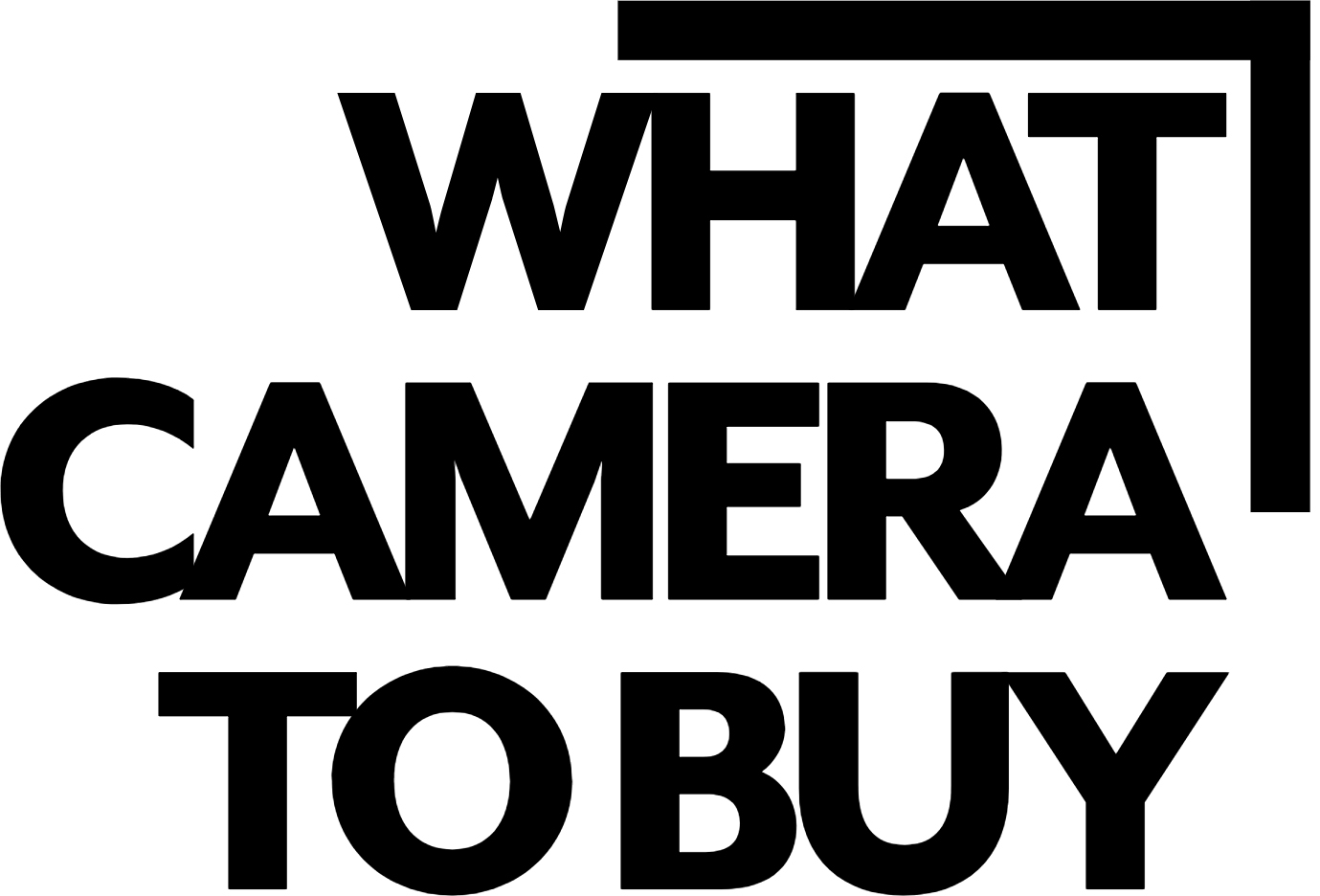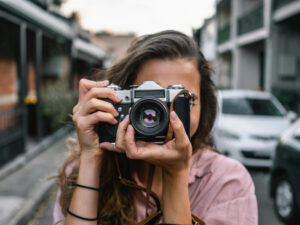What Camera to Buy for Less Than $1000?
The world of digital photography can be overwhelming, especially when you’re looking for your first serious camera. With a budget of $1000, you have a lot of options, but they are not all created equal. The key is to understand what features truly matter for your needs and to prioritize your spending. This article will walk you through the essential considerations to help you make an informed decision without mentioning any specific camera models by name.
Defining Your Photography Goals
Before you even start looking at cameras, you need to ask yourself one question: what do you want to shoot? The answer to this question will dictate which features are most important to you.
- Portrait Photography: If you are interested in capturing people, your focus should be on a camera system that offers lenses with wide apertures. A wide aperture, represented by a low f-number like f/1.8 or f/2.8, creates a shallow depth of field, which is that beautiful blurred background effect (also known as “bokeh”) that makes your subject pop. Look for a camera with a good autofocus system, particularly one that can detect and track faces and eyes.
- Landscape Photography: For sweeping vistas and detailed scenes, a camera with a high-resolution sensor and a wide dynamic range is a great choice. You’ll often be using a smaller aperture (a high f-number, like f/11 or f/16) to ensure the entire scene, from foreground to background, is sharp and in focus. A camera with weather-sealing might also be a valuable feature if you plan on shooting in the elements. A sturdy tripod is also essential for capturing sharp images, especially when using slower shutter speeds to achieve effects like motion blur in waterfalls or clouds.
- Wildlife and Sports Photography: Capturing fast-moving subjects requires a camera with a fast continuous shooting speed (measured in frames per second) and an excellent autofocus system. The camera’s ability to lock onto and track a subject in motion is paramount. A fast shutter speed (like 1/1000th of a second or faster) is also crucial to freeze the action and avoid motion blur.
- Vlogging and Video: If your primary use is video, you should prioritize features like 4K resolution, a vari-angle or flip-out screen, a microphone input, and robust video autofocus. Look for a camera that doesn’t have a significant crop when shooting in 4K, as this will affect your field of view. Some newer cameras are designed specifically for content creators and come with features like “product showcase” modes and a user-friendly interface for video.
- Street and Travel Photography: Portability is key for these genres. A lightweight, compact camera body and small lenses will make it easier to carry your gear all day. The camera’s ergonomics, or how it feels in your hand, are also important. Features like a tilting or articulating touchscreen can be a major plus for shooting from unique angles without lying on the ground.
The Great Debate: New vs. Used/Older Models
With a budget of $1000, you’re faced with a classic dilemma: do you buy a brand-new, entry-level camera, or an older, used professional-grade camera? Both options have distinct advantages and disadvantages.
New, Entry-Level Cameras
Pros:
- Modern Features: Newer cameras, even at the lower end of the price spectrum, often come with the latest technology. This includes faster and more reliable autofocus systems, improved video capabilities (such as 4K video), and modern conveniences like touchscreens and built-in wireless connectivity for easy sharing.
- Warranty and Condition: Buying a new camera provides peace of mind. You get a full manufacturer’s warranty, and you know the camera has no previous wear and tear. You won’t have to worry about the “shutter count,” which is like the mileage on a car and indicates how much the camera has been used.
- User-Friendly: Many modern entry-level cameras are designed with beginners in mind. They often have guided menus and simpler controls to help you learn the fundamentals of photography without feeling overwhelmed.
Cons:
- Build Quality: Entry-level cameras are often made with lighter, less durable materials to keep costs down. They may lack weather-sealing and feel less robust than their professional counterparts.
- Fewer Features and Controls: While they are easy to use, they may lack certain features that professionals and enthusiasts appreciate, such as twin command dials, a high-resolution viewfinder, or in-body image stabilization.
- Limited Lens Selection: Some newer camera systems might have a smaller selection of lenses available, especially in the budget-friendly range. It’s important to check the availability and cost of future lenses before you commit to a brand’s system.
Used or Older Professional Cameras
Pros:
- Superior Build Quality: Older professional cameras were often built like tanks, with weather-sealing and durable metal bodies. They are designed to withstand heavy use and harsh conditions.
- Advanced Features: At the time they were released, these cameras had top-of-the-line features. This could include a faster shooting speed, more robust autofocus, and a more intuitive layout of physical controls that allow for quick adjustments without diving into menus.
- Access to More Lenses: An older camera system, especially a well-established one, will have a vast and mature market of both new and used lenses. You can often find high-quality used lenses at a great price, giving you more creative options.
Cons:
- Outdated Technology: While the build quality is great, the technology inside may be several generations old. This can mean less effective autofocus, poorer low-light performance (leading to more digital “noise” at higher ISO settings), and a lack of modern video features like high-quality 4K.
- No Warranty: Buying a used camera often means you’re on your own. While some reputable retailers offer a limited warranty on used gear, you don’t have the same safety net as with a new camera.
- Wear and Tear: A used camera may have a high shutter count and show signs of use. While a high-end camera body is built to last, it’s impossible to know how it was treated by its previous owner.
Key Camera Features to Look For
Regardless of whether you choose new or used, here are the key features you should be evaluating within your budget:
- Sensor Size: This is one of the most important factors for image quality. Larger sensors capture more light, which translates to better low-light performance and a shallower depth of field. Within the sub-$1000 price range, your main options are typically APS-C and Micro Four Thirds sensors. APS-C sensors are a popular “sweet spot,” offering a great balance of size, image quality, and cost. Full-frame cameras, which have the largest sensors, are typically out of this price range, though a few older, used models might be available.
- Interchangeable Lenses vs. Fixed-Lens: Most cameras in this price range have interchangeable lenses, which is a major advantage. This allows you to expand your creative possibilities by adding new lenses as your skills grow. Some premium compact cameras have a fixed, built-in lens. While this limits your versatility, it can be a great option for a minimalist approach, as you don’t have to worry about buying more lenses.
- Autofocus System: A good autofocus system is critical. Look for a camera with subject detection and tracking capabilities. A camera that can quickly and accurately lock onto a moving subject, whether it’s a person’s eye or an animal, will greatly increase your hit rate for sharp photos.
- Video Capabilities: If you’re a content creator, pay close attention to the video specs. Look for a camera that can shoot 4K video, and check if it has any limitations like a significant crop or poor autofocus in video mode. Also, a microphone input is essential for high-quality audio.
- Ergonomics and Controls: The camera should feel comfortable in your hands. Test out the physical dials and buttons to see if the camera’s layout is intuitive for you. Features like a tilting or vari-angle touchscreen can make a big difference in your shooting experience.
The Role of Lenses in Your Budget
Here is a common piece of advice among photographers: “invest in glass, not in the body.” The lens often has a greater impact on the final image quality than the camera body itself. A great lens on a good camera will produce better results than a mediocre lens on a great camera.
With a $1000 budget, you might be tempted to spend the entire amount on the camera body. However, it’s often wiser to allocate a portion of your budget to a high-quality lens.
- The “Kit” Lens: Most new cameras are sold with a “kit” lens, typically a versatile zoom lens with a variable aperture. These are good for getting started, but they are often not the sharpest lenses and can be limiting in low-light situations.
- The “Nifty Fifty”: A great first purchase to go with your camera body is a prime lens, which has a fixed focal length and a wide maximum aperture (e.g., f/1.8). These are often very affordable and are known for their sharpness and ability to create a beautiful shallow depth of field, making them excellent for portraits and low-light photography. A 50mm equivalent lens is a great starting point, as it provides a field of view similar to the human eye.
- Used Lenses: Just like with camera bodies, you can find fantastic deals on used lenses from reputable retailers. This can be a great way to get a professional-grade lens without paying a professional-grade price.
Summary: Your Buying Guide to a Sub-$1000 Camera
The journey to finding the right camera for under $1000 is all about introspection and smart decision-making. Start by defining your primary photography interests, as this will guide your feature-set priorities. Whether you’re a budding portrait artist, a landscape lover, or an aspiring vlogger, there’s a camera out there for you.
Next, weigh the pros and cons of new versus used. A new camera offers modern technology, a warranty, and a user-friendly experience, but may compromise on build quality and advanced features. An older, used professional model offers a more robust build, a wider selection of lenses, and advanced controls, but may have outdated autofocus and low-light performance.
Finally, remember that the camera body is only part of the equation. Allocate a significant portion of your budget for lenses, as they are a long-term investment that will have a profound impact on your image quality and creative potential. Don’t be afraid to start with a modest body and a great, sharp lens.
By focusing on these key factors—your personal goals, the new vs. used trade-off, and the importance of lenses—you can navigate the options and find a camera that not only fits your budget but also empowers you to create amazing photos for years to come.




